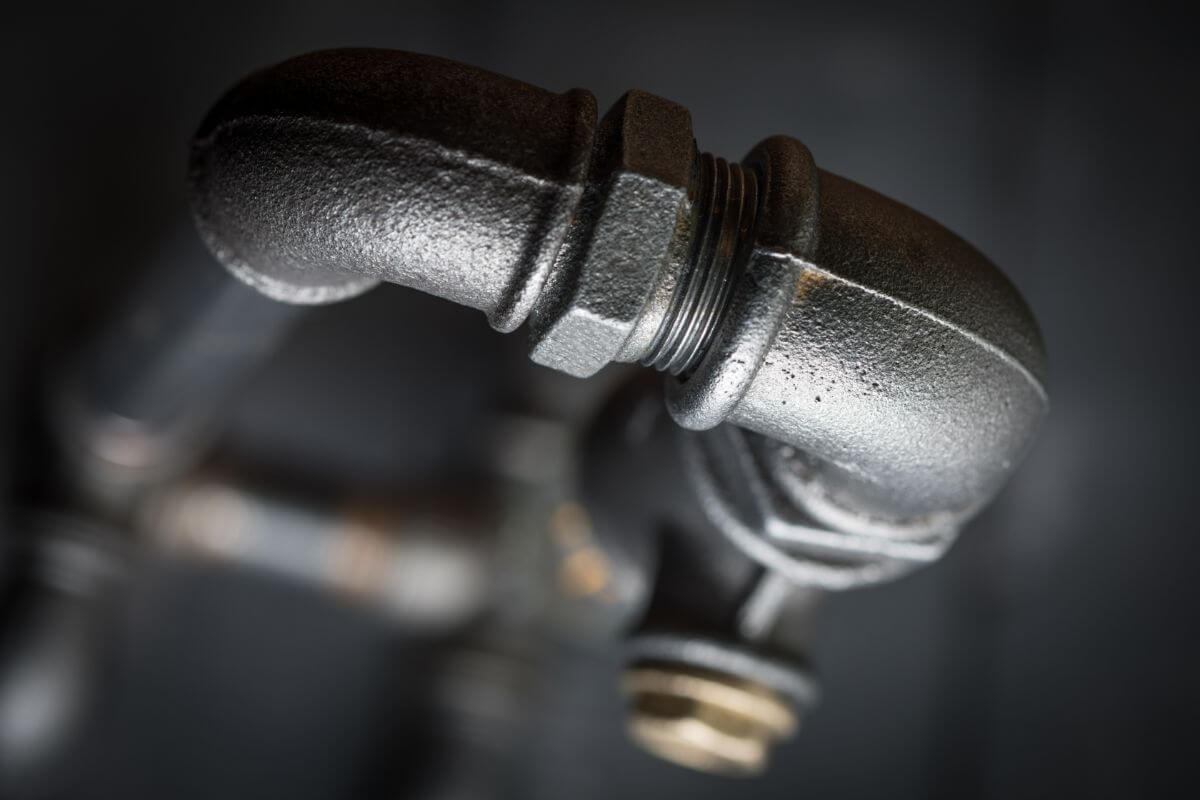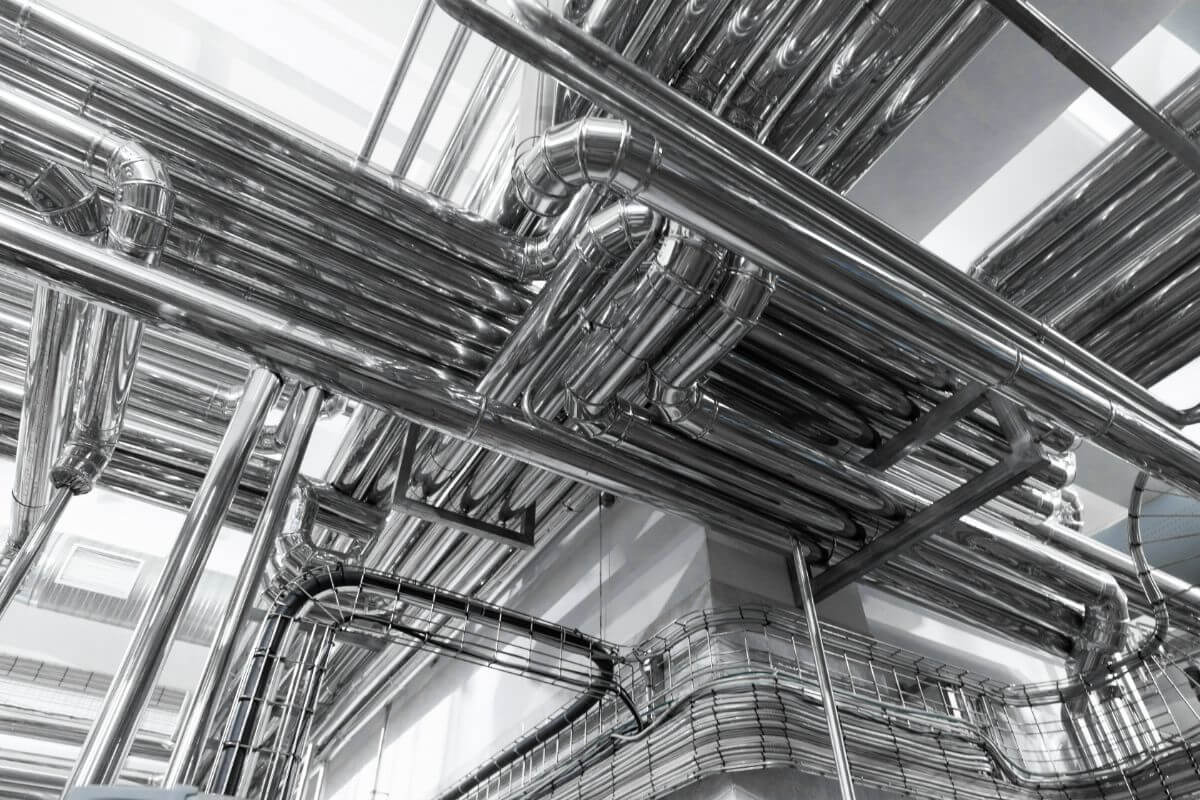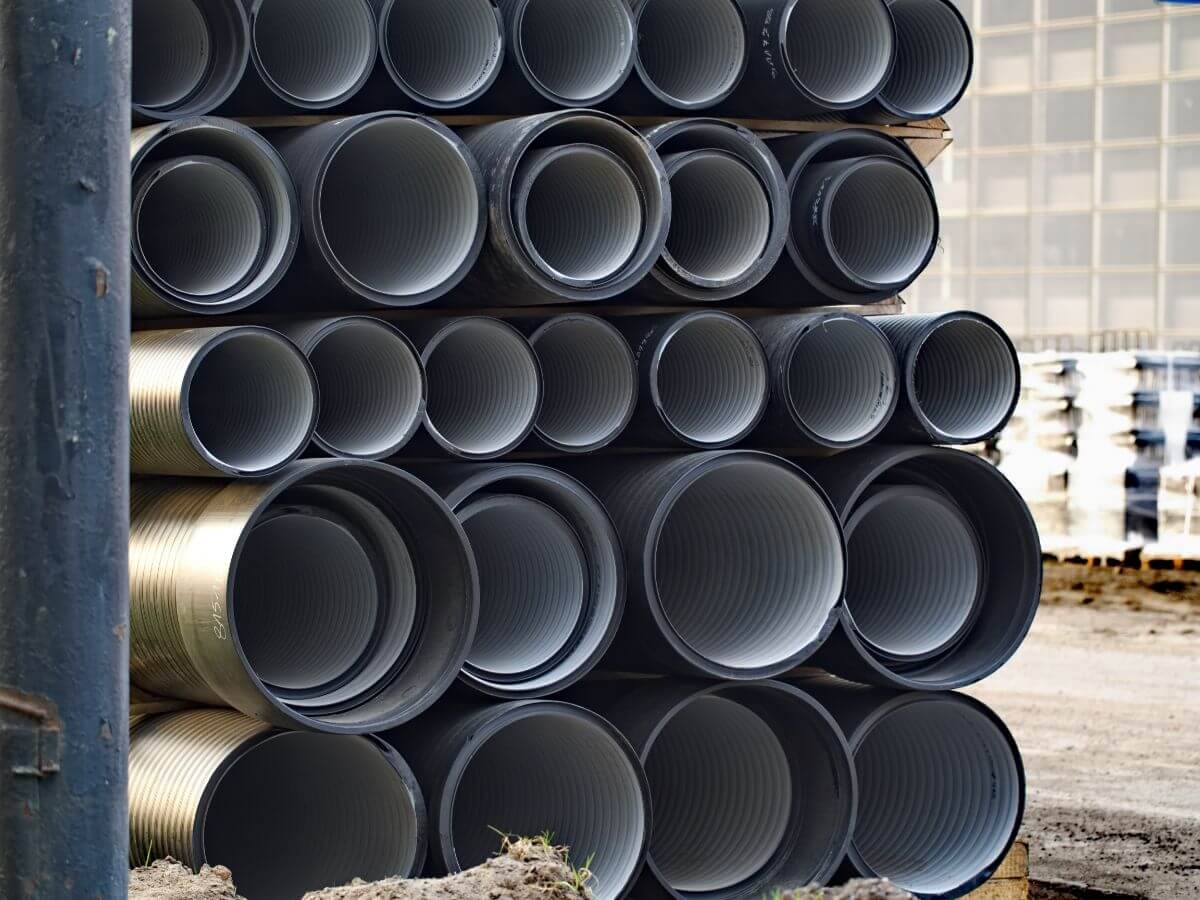
How to Choose the Right Iron Pipe for Your Next Project
How to choose the right iron pipe for your next project?
- Understand your project requirements
- Know the different types of iron pipes
- Consider pipe size and wall thickness
- Evaluate corrosion resistance
- Check pipe standards and specifications
- Assess installation and maintenance requirements
- Budget and long-term cost
Overview
This blog provides a guide on selecting the correct iron pipe for construction or plumbing jobs. It starts with determining project needs and moves into understanding the types of iron pipes. It discusses factors like pipe size, wall thickness, and corrosion resistance. The ease of installation, maintenance requirements, and understanding of specifications to reduce installation time are also covered. Lastly, it highlights the importance of both initial and long-term costs, emphasizing that cheaper options may lead to higher maintenance costs in the future.
Iron pipes are a crucial component in many construction and plumbing projects. Whether you’re working on a DIY home improvement venture or managing a large-scale industrial project, selecting the right iron pipe is essential for ensuring the success and durability of your endeavor.
With a variety of options available in the market, you may wonder how to choose the right iron pipe. This is why as the trusted black iron pipe supplier in the Philippines, we at Supreme PIpe will guide you through the process of selecting the ideal iron pipe for your next project.
Understand Your Project Requirements
Every project has unique requirements, and acknowledging these specifications is the first step in the selection process. Are you working on a plumbing project, or is it more on the lines of structural work? Does it involve the transportation of gases or liquids? Answering these questions helps lay down a baseline of what you’ll need, aiding the upcoming stages of decision-making.
Consider factors such as the intended application, the fluid or material to be conveyed, the pressure and temperature conditions, and the overall scope of the project. Each of these elements will impact the type and specifications of the iron pipe you need.
Know the Different Types of Iron Pipes
There are mainly three types of iron pipes used in construction and plumbing: cast iron, ductile iron, and malleable iron.
- Cast Iron Pipe: These are durable and have excellent resistance to corrosion and external mechanical forces. They are commonly used for sewer and drainage systems due to their ability to withstand high pressure and flow. However, they are relatively heavy and can be challenging to cut and modify on-site.
- Ductile Iron Pipe: These are more flexible and have higher tensile strength compared to cast iron pipes. They are suitable for water and sewage transportation and are preferred for underground applications. Ductile iron pipes have better corrosion resistance than cast iron pipes, making them a durable choice.
- Malleable Iron Pipe: These are often used for gas lines and steam systems. They are known for their exceptional strength and toughness, making them ideal for applications that require high impact resistance.
Consider Pipe Size and Wall Thickness

The diameter of your iron pipe will determine the flow rate, while the wall thickness will impact the strength and durability of the pipe.
The size of the pipe is usually specified by its inner diameter (ID) or nominal pipe size (NPS). Ensure that the pipe size you select meets the flow requirements of your project. You can also use a flow rate calculator that uses the pressure difference and the pipe dimensions to calculate the flow rate. Additionally, thicker walls are suitable for high-pressure applications, while thinner walls are suitable for low-pressure systems.
Remember, you also need to accommodate any adjustments or alterations hereafter. Accurate measurements and allowances will save a lot of hassle later.
Evaluate Corrosion Resistance
Corrosion can significantly impact the lifespan and performance of an iron pipe. Depending on your project’s environment, you may need to choose a pipe with adequate corrosion resistance.
For instance, if the pipe will be exposed to moisture, chemicals, or harsh weather conditions, opt for a pipe with a protective coating or a material that naturally resists corrosion.
Assess Installation and Maintenance Requirements

The ease of installation might influence your choice, especially when time is critical. Understanding the projected timeframe for your pipe installation is key, and accurately knowing the specifications and types of your chosen pipes can significantly reduce installation time.
Equally important is considering the maintenance needs of the pipe. Some pipes may require specialized equipment and techniques for installation, while others can be more straightforward to handle. Likewise, maintenance needs should also be taken into account, especially if your project involves buried pipes or hard-to-reach locations.
Budget and Long-term Cost
While it’s essential to stay within your budget, don’t compromise on the quality of the iron pipe. Cheaper options may save money initially, but they may lead to higher long-term costs due to frequent repairs or replacements. Strike a balance between quality and cost-effectiveness to ensure the best value for your investment.
Key Takeaway
Following this guide on how to choose the right iron pipe can significantly impact the project’s success and longevity. Investing in a high-quality iron pipe will not only ensure a successful project but also give you assurance knowing that it will stand the test of time.
Ready to invest in top-quality black iron pipes for your next project? Whether it’s for construction, plumbing, or industrial applications, Supreme Pipe has got you covered! We guarantee not just affordability, but the highest quality, durability, and corrosion-resistant pipes meticulously engineered to meet your specific needs. With us, you’re not just buying a pipe, you’re investing in a long-lasting partnership. Contact us now for black iron pipe prices in the Philippines.


